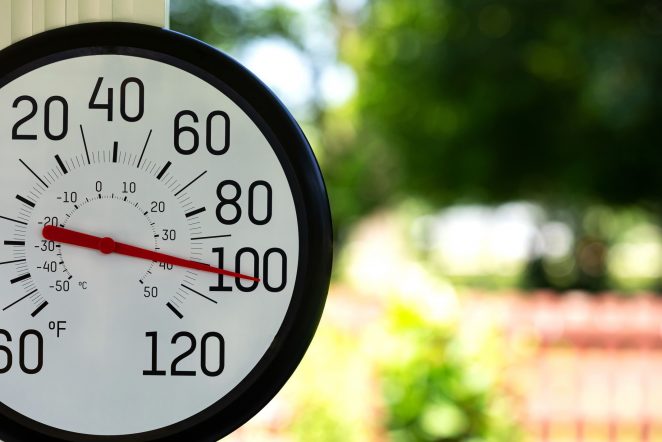The air inside homes, offices and other buildings can be two to five times more polluted than outdoor air, according to the United States Environmental Protection Agency (EPA).
Even more troubling: Most of us spend 90 percent of our time indoors, sleeping, at school or working, which increases our exposure to indoor air pollution.
The most common sources of indoor air pollution
Some of the most common sources of indoor air pollution include:
- Mold and pollen
- Tobacco smoke
- Household products and pesticides
- Gases such as radon and carbon monoxide
- Building materials, including asbestos, formaldehyde and lead
Indoor air quality is a concern because when the hours are added up, people spend the majority of their time in closed environments, repeatedly exposed to indoor air pollutants. In fact, the EPA estimates the average person receives 72 percent of their chemical exposure at home. This means the very place most people consider the safest is actually the one exposing them to the greatest amount of pollutants.
Poor indoor air quality can bother your eyes, nose and throat. Repeated exposure can lead to chronic heart and lung problems and cancer down the road. Children, people with asthma, and the elderly may be especially sensitive to indoor pollutants.
Fighting indoor air pollution in your home
You can get started addressing air pollution in your home with these tips:
- Open the windows for a few minutes each day to let in fresh air
- Keep your surroundings as clean as possible
- Clean with the least toxic products that will do the job and use pump-products rather than aerosol when possible. Better yet, make your own nontoxic cleaners from common household ingredients like vinegar and baking soda
- Vacuum often and use a vacuum cleaner that utilizes a HEPA-type filter or a bagless model
- Ban smoking inside your home
- Properly ventilate rooms with high humidity, such as bathrooms, kitchens and basements, to prevent moisture buildup and mold growth
- Install a battery-operated carbon monoxide detector near bedrooms
- Have your air ducts cleaned
- Regularly change your furnace air filters
- Consider room-size air cleaners if you’re concerned about pollution in a particular room and it’s not possible to remove the pollution source
- Keep your pets clean and properly dispose of pet waste
- Dispose of unused paint, solvents, pesticides and other household chemicals promptly, and tightly close the containers of products still in use. If you must store hazardous chemicals, keep them in a ventilated and locked outdoor shed, away from children, pets, and flame sources.
- Go green by adding houseplants to your environment. They act as an air filter, producing oxygen and removing toxins from the air we breathe
Everyday, you are likely exposed to chemicals through a variety of consumer products found in your home, but you can help mitigate the risks. What better time to start than now to prepare your home for the winter? Crack open those windows and feel the breeze.


